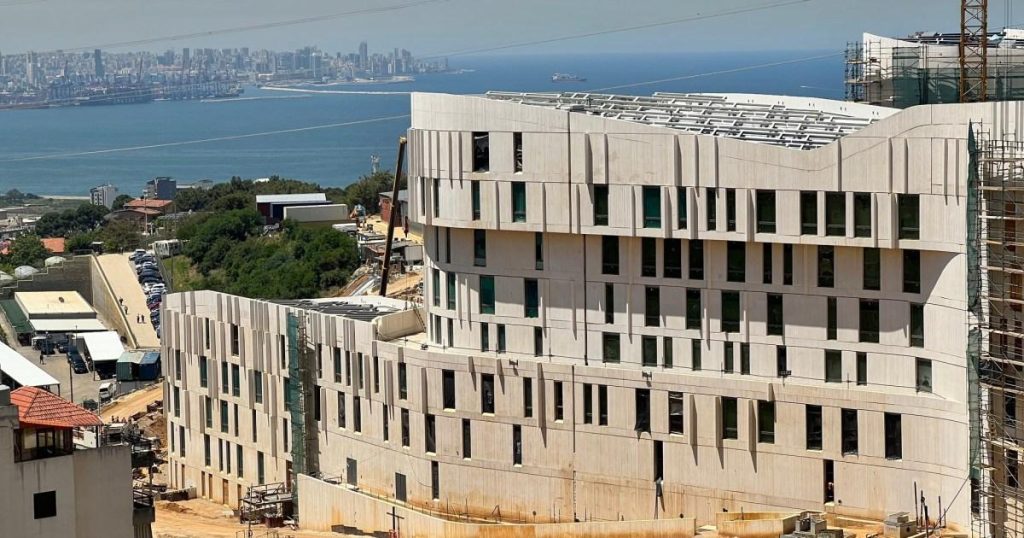The United States is constructing a massive new embassy compound in Lebanon, a project shrouded in questions and speculation. Expected to cost $1 billion and slated for completion in 2026, the complex dwarfs all other government buildings in Lebanon, covering a sprawling 43 acres. Located in the suburb of Awkar, approximately 10 miles northeast of Beirut’s historic core, the sheer scale of the project has raised eyebrows, prompting comparisons to a small city rather than a diplomatic outpost. Its size significantly surpasses other US embassies, including the one in London, which is ten times smaller, and even dwarfs the land area occupied by the White House and nearly doubles that of the Pentagon. This begs the question: why such a colossal undertaking in a relatively small country like Lebanon?
The official explanation offered by the State Department is that the embassy’s primary purpose is to assist American citizens in the host country. However, critics find this justification inadequate, considering the relatively small number of US citizens residing in Lebanon, estimated at around 86,000. Furthermore, Lebanon itself is a small nation, geographically smaller than Yorkshire, and currently grappling with the aftermath of conflict and Israeli bombardments. The sheer disproportionality of the embassy’s size compared to the country’s demographics and current state of affairs fuels speculation about its true purpose.
Former British Ambassador to Uzbekistan, Craig Murray, has openly questioned the justification for such a massive structure, labeling it “something 50 times bigger” than a typical embassy. He and others suspect that the complex serves purposes beyond traditional diplomatic functions. Leila Hatoum, editor-in-chief of MENA Uncensored, shares similar concerns. She theorizes that the compound could be utilized for logistical operations, intelligence gathering, and even potentially, interrogation and detention, serving as a strategic hub for US activities across the Middle East.
Hatoum’s assertion that the embassy’s purpose extends beyond diplomatic niceties resonates with the broader context of US involvement in the region. The location of the new embassy, approximately 60 miles from the Lebanese-Israeli border, places it in a strategically sensitive area. This proximity to a volatile border further fuels speculation about the complex’s potential role in regional intelligence operations and military logistics. The fact that the US already operates the world’s largest embassy in Iraq, another Middle Eastern nation grappling with instability, further bolsters the argument that these massive diplomatic compounds serve a broader strategic purpose than simply assisting American citizens.
The size and location of the new embassy compound, coupled with the significant financial investment, suggest a long-term strategic vision for US presence in the region. While the State Department maintains that the embassy is intended to support American citizens and foster diplomatic relations, the sheer scale of the project and its location in a strategically sensitive area cast doubt on this explanation. Critics argue that the complex is likely intended to serve as a hub for intelligence operations, logistical support, and potentially even detention and interrogation, playing a significant role in US involvement in the Middle East beyond traditional diplomatic functions.
The construction of this mega-embassy raises fundamental questions about the nature of US foreign policy and its long-term objectives in the Middle East. Is it simply a matter of providing enhanced services to American citizens and facilitating diplomatic relations, or does it signify a more assertive and potentially interventionist approach to the region? The scale of the project, its cost, and its location all point towards a significant investment in US presence in the area, raising concerns about its potential impact on regional stability and the future of US-Lebanese relations. The secrecy surrounding the project’s full scope and purpose only serves to amplify these concerns, leaving many to question the true intentions behind the construction of this behemoth of a diplomatic outpost.




